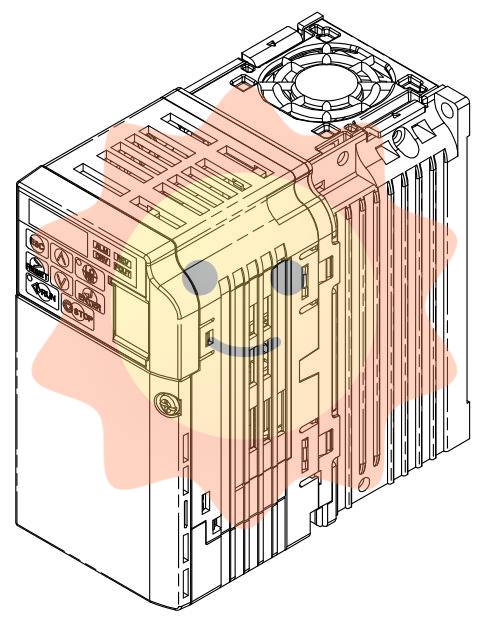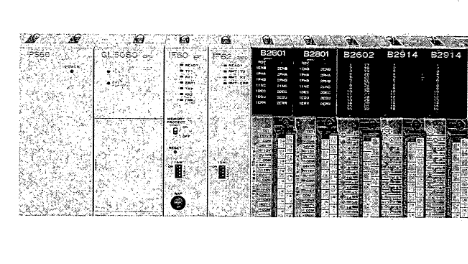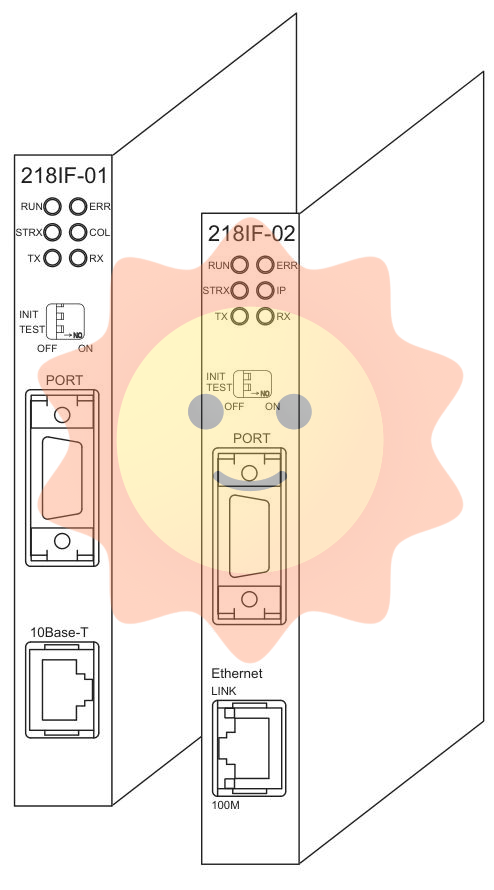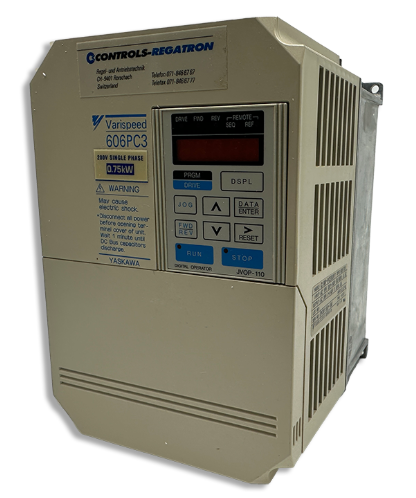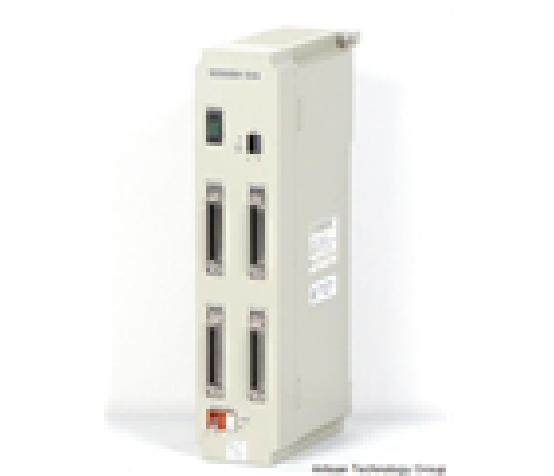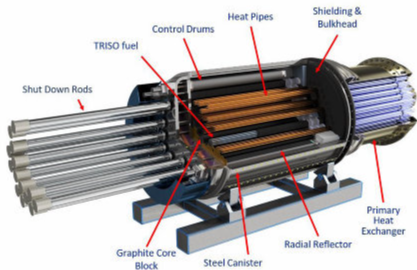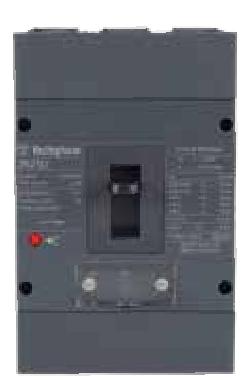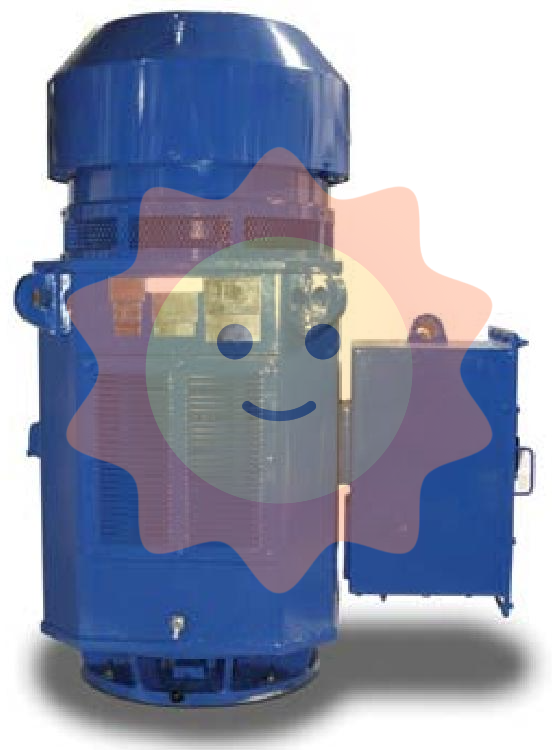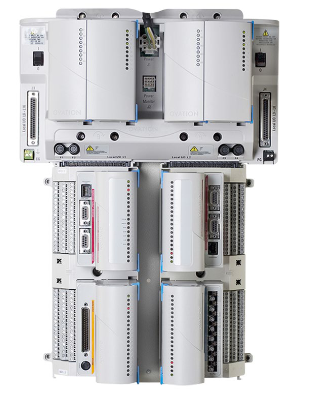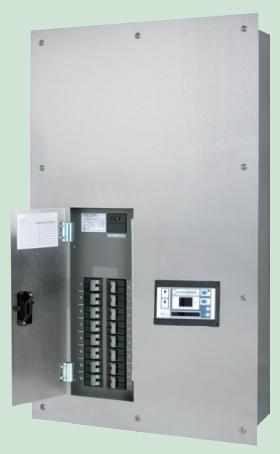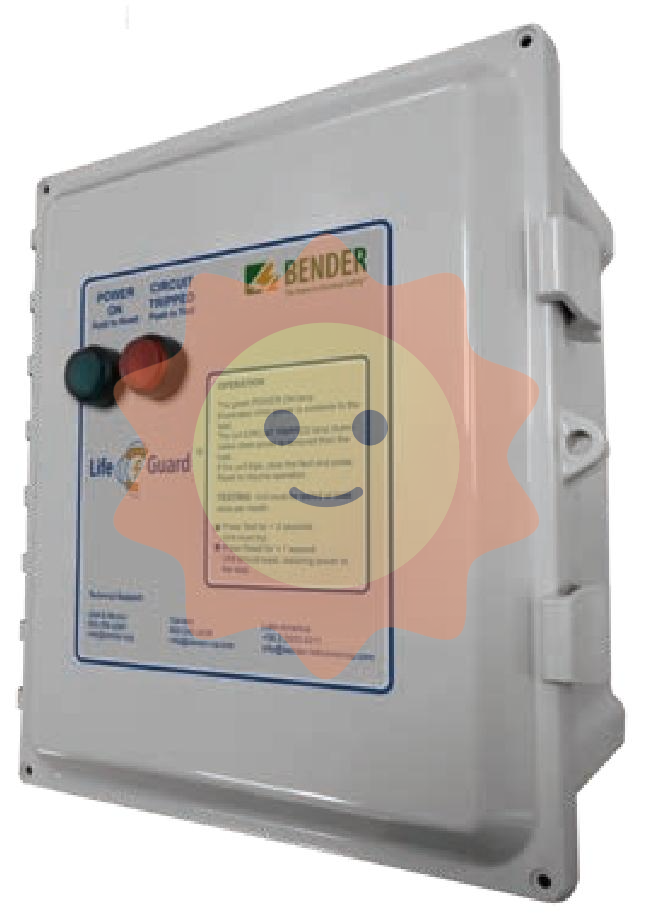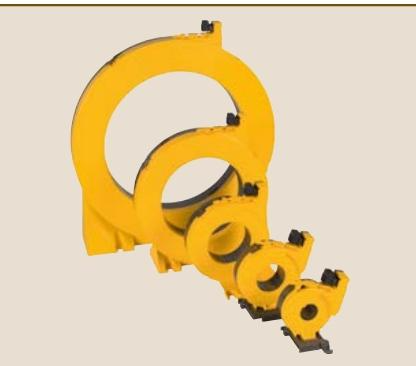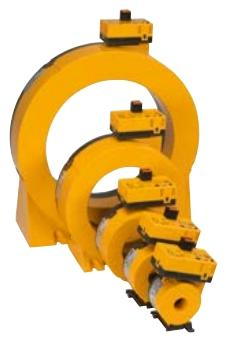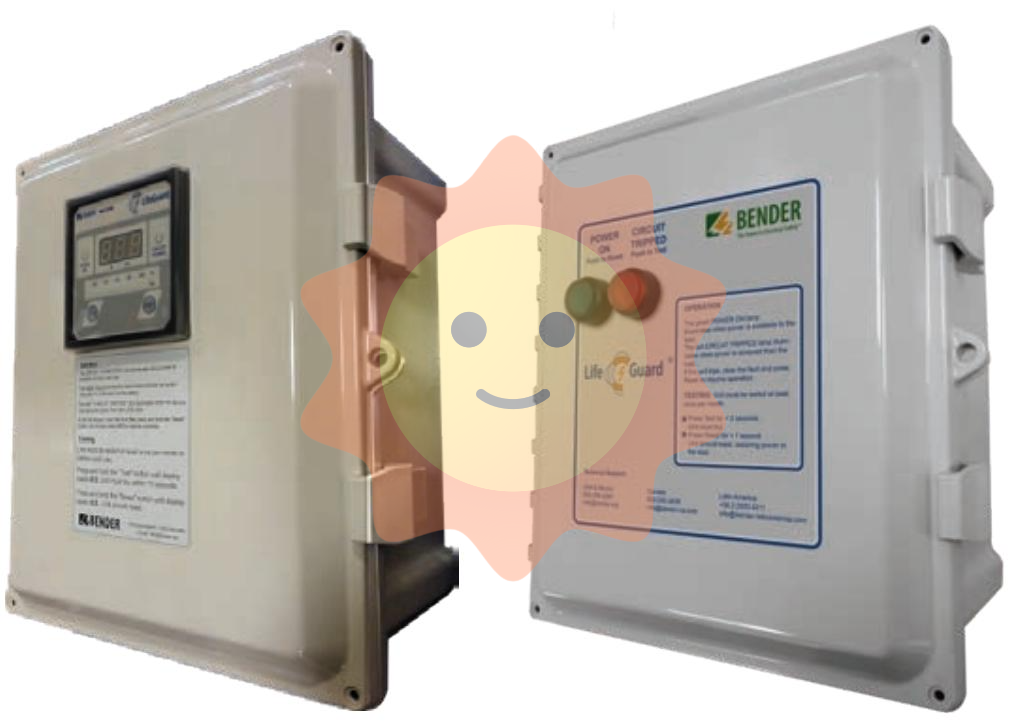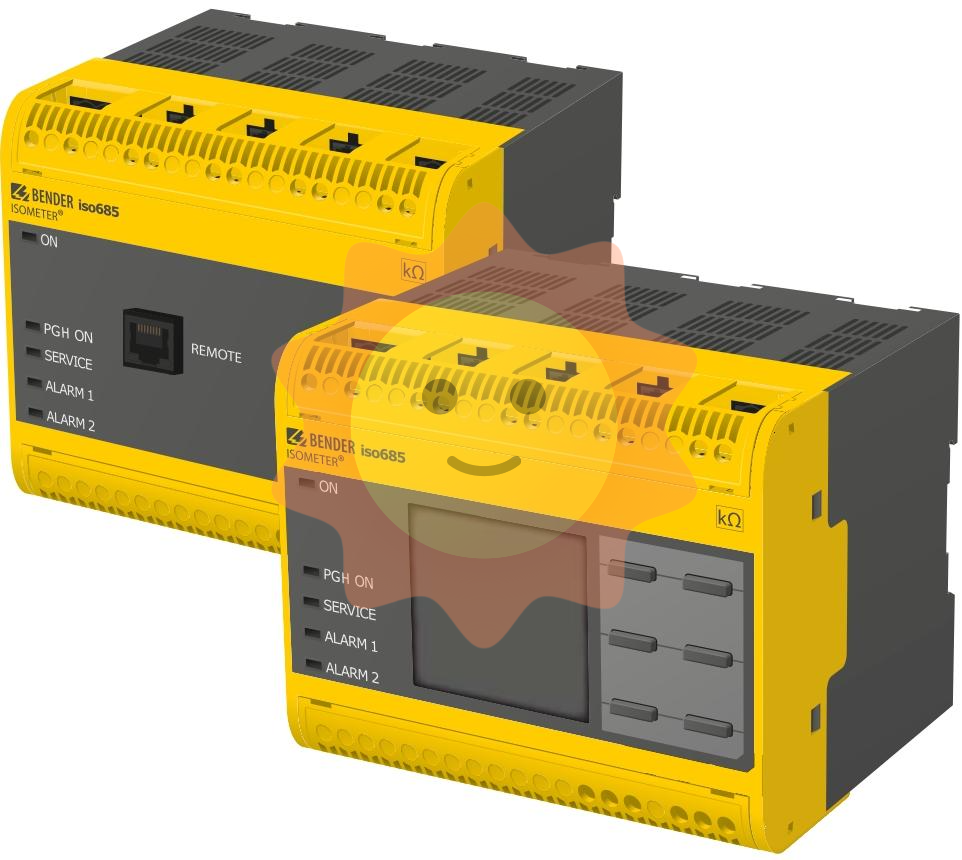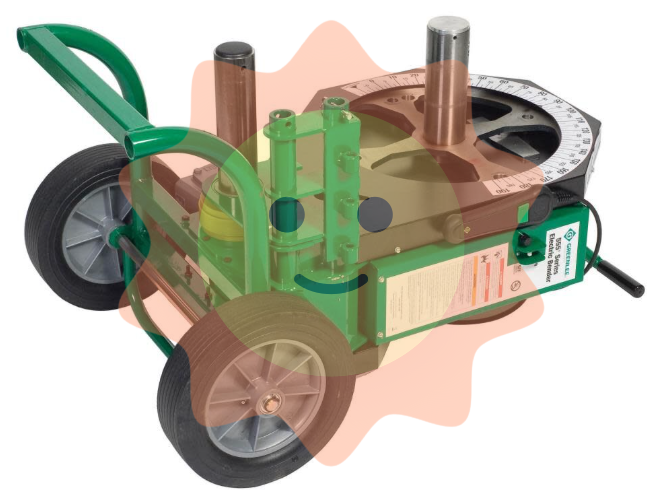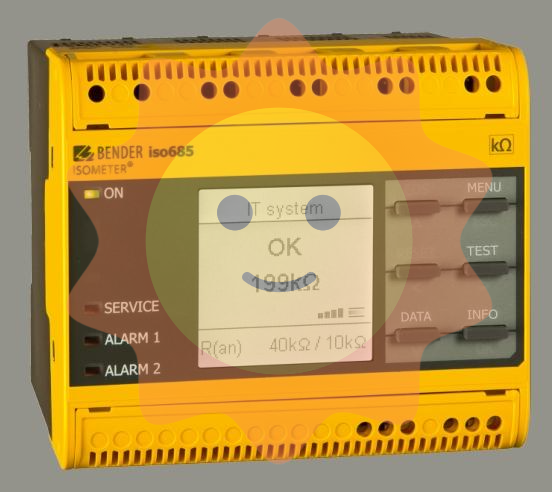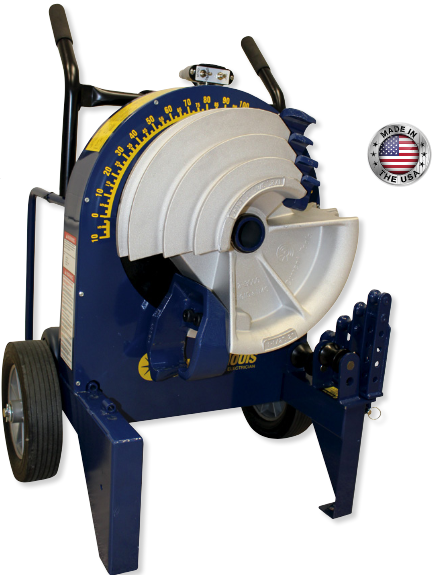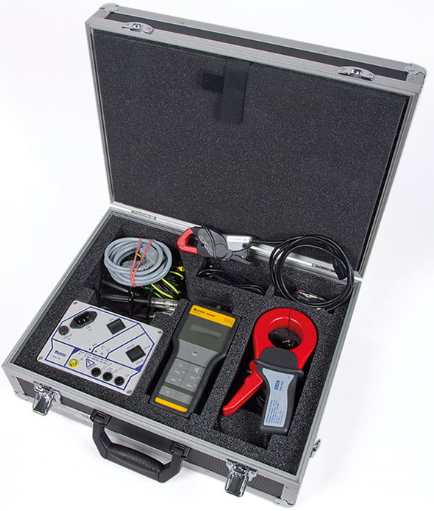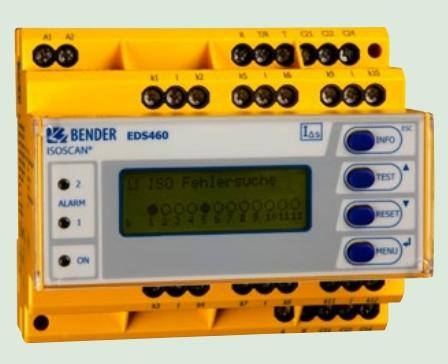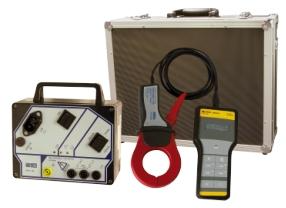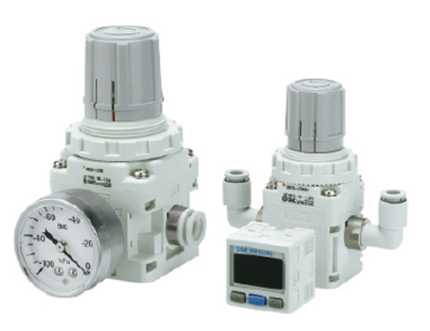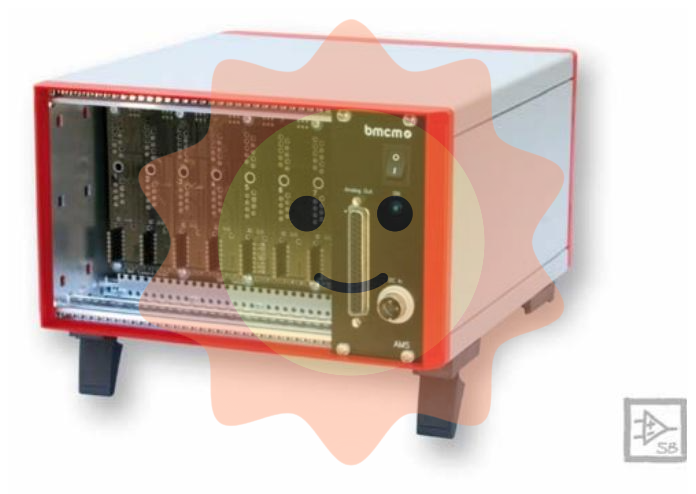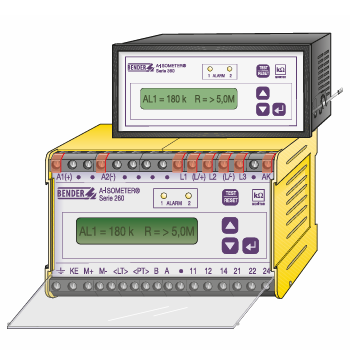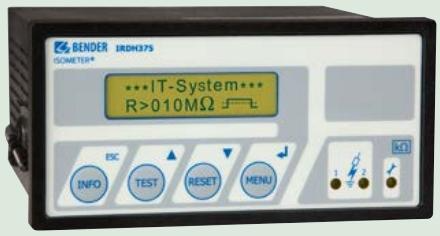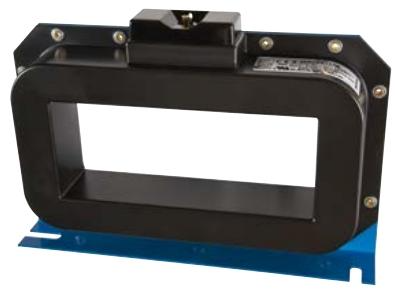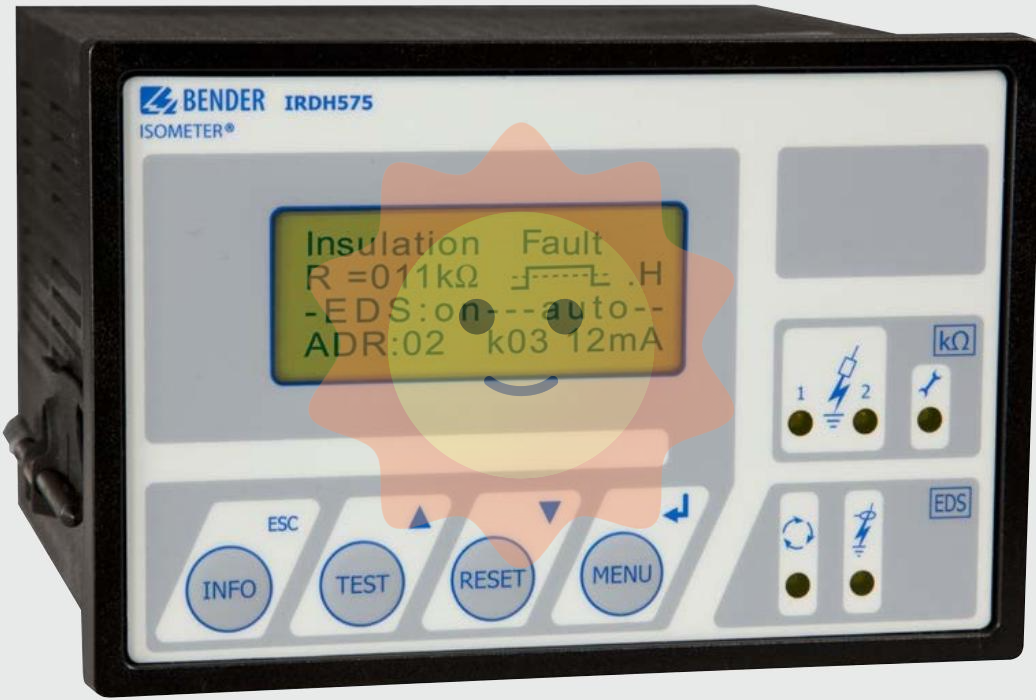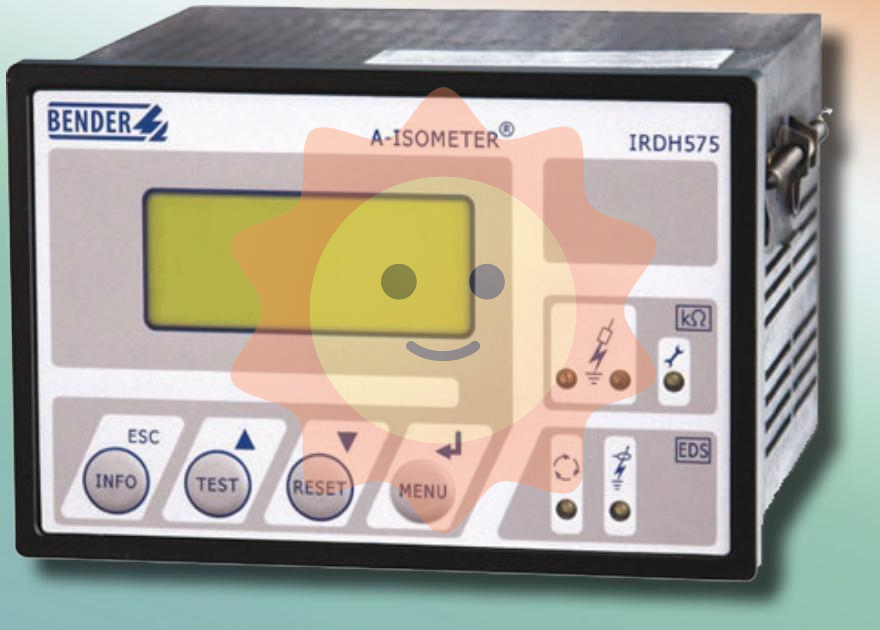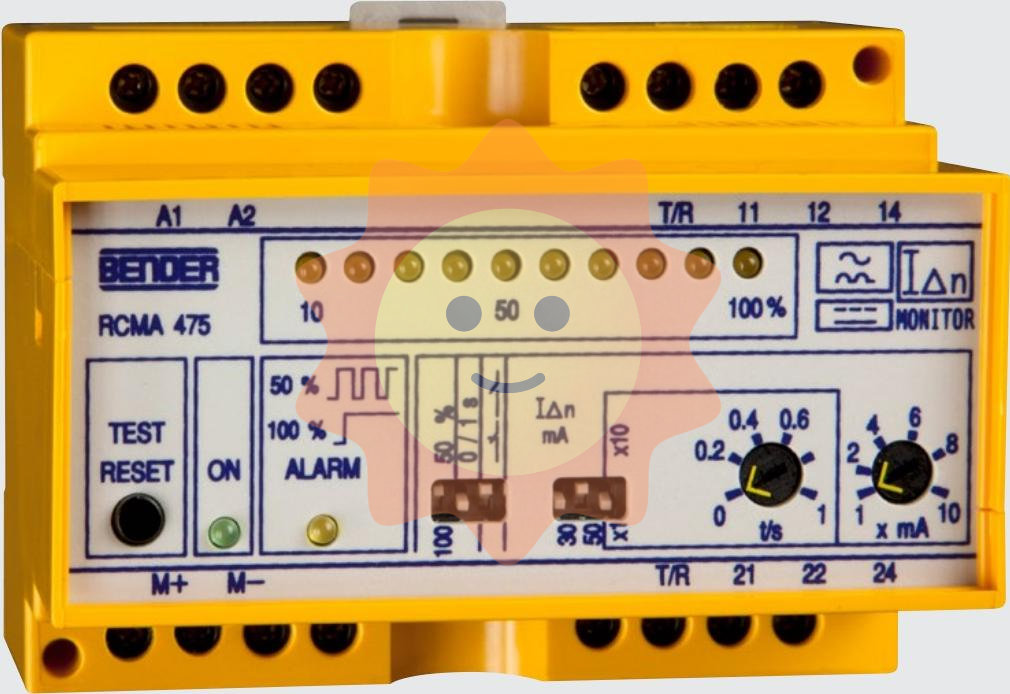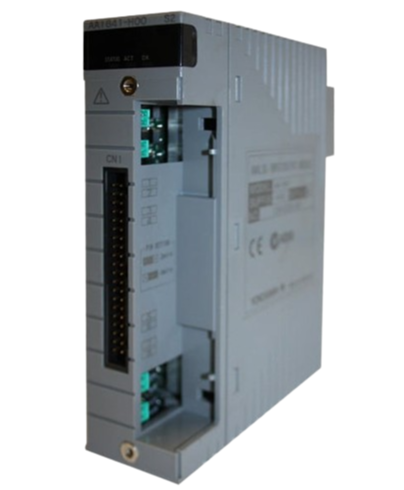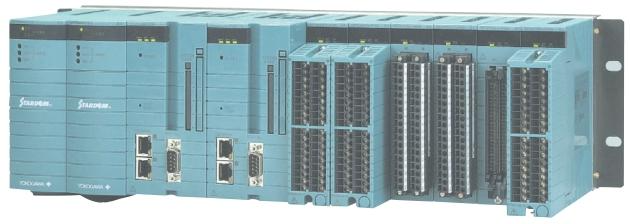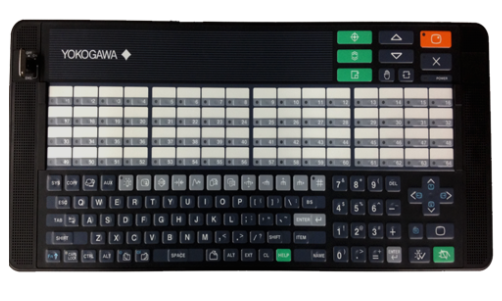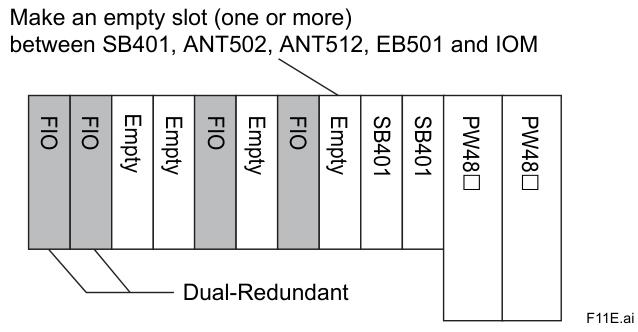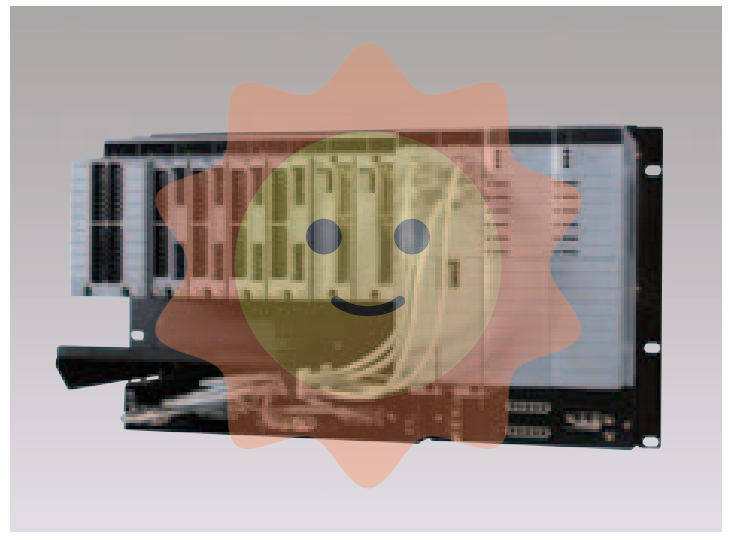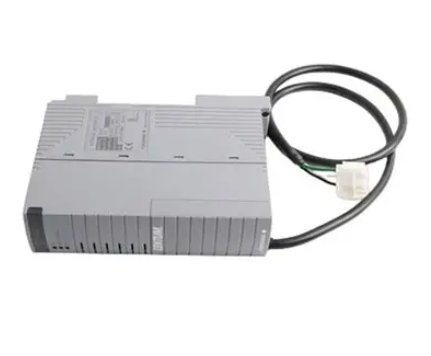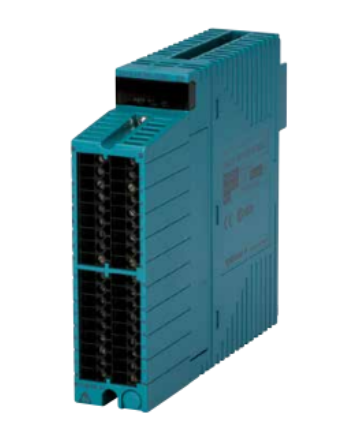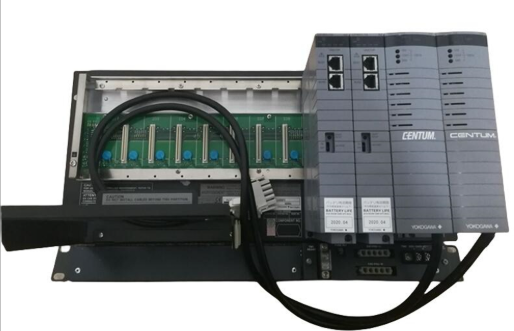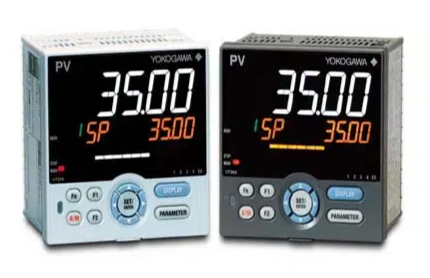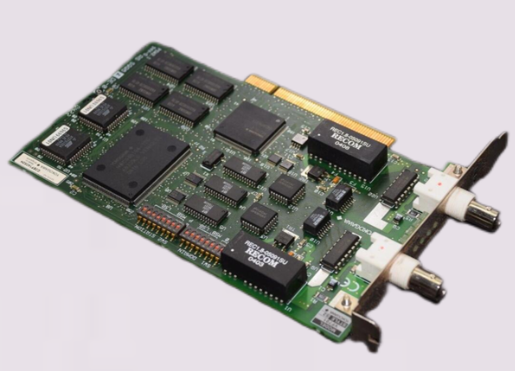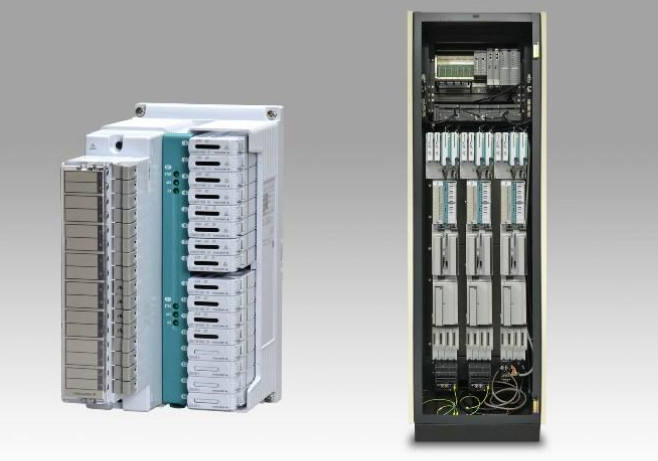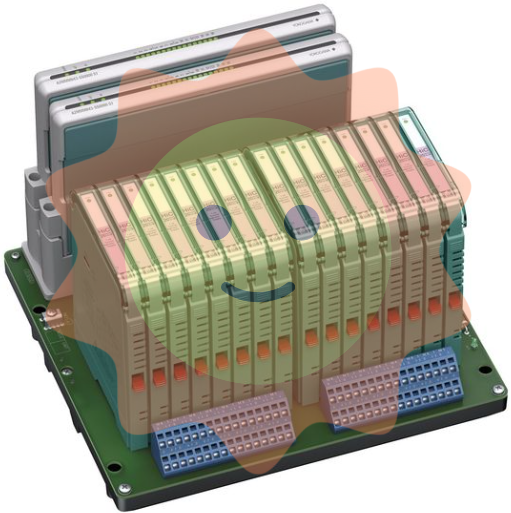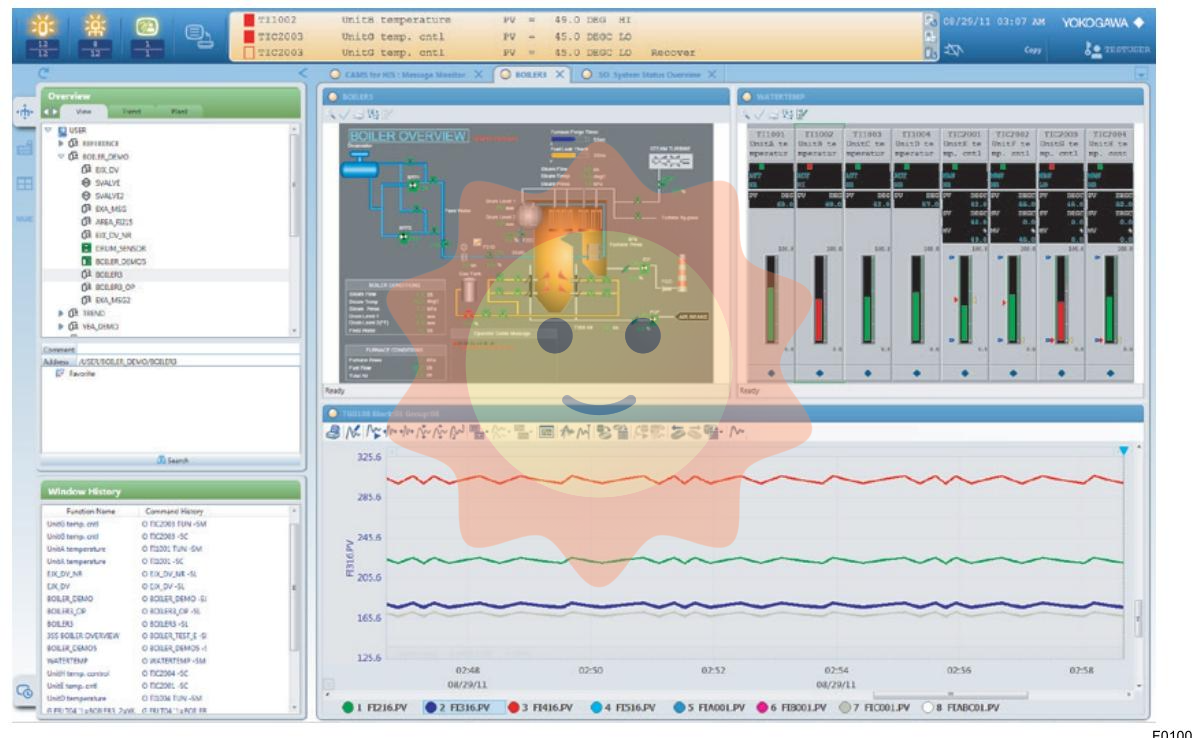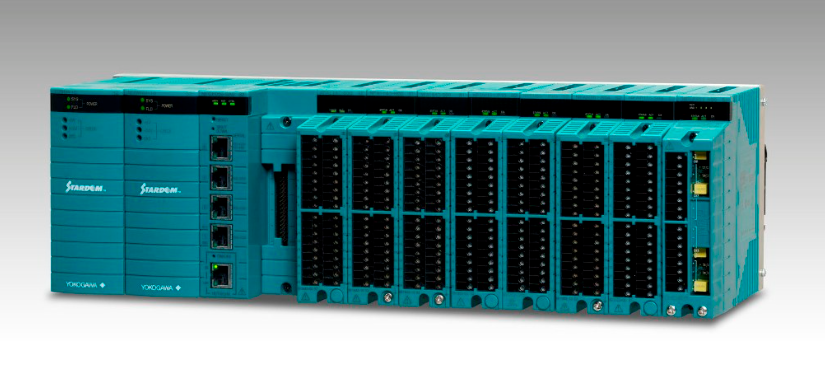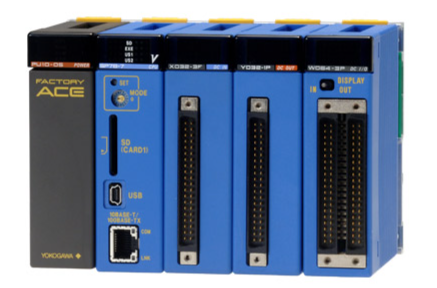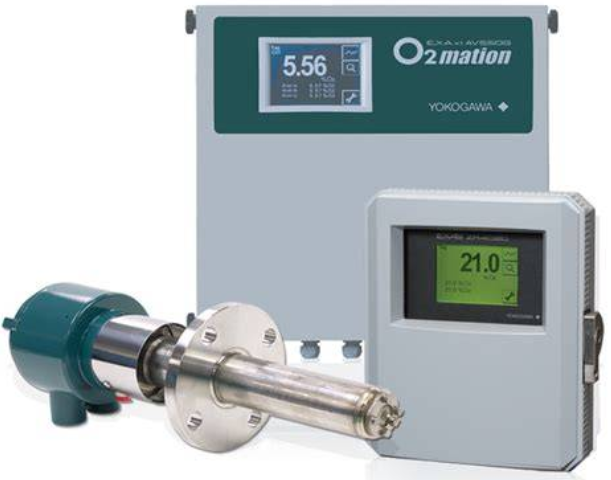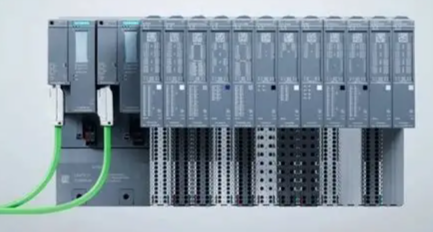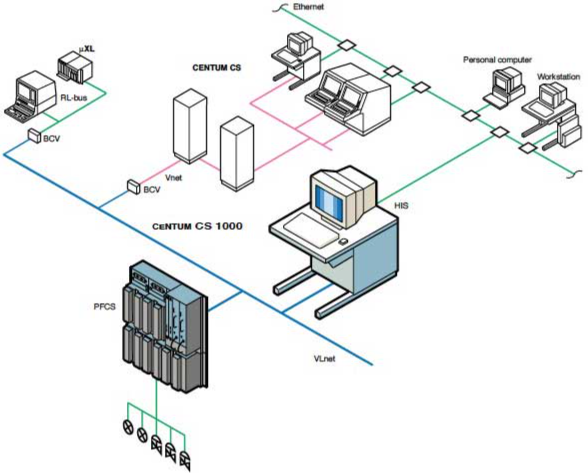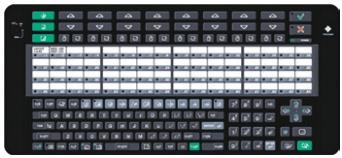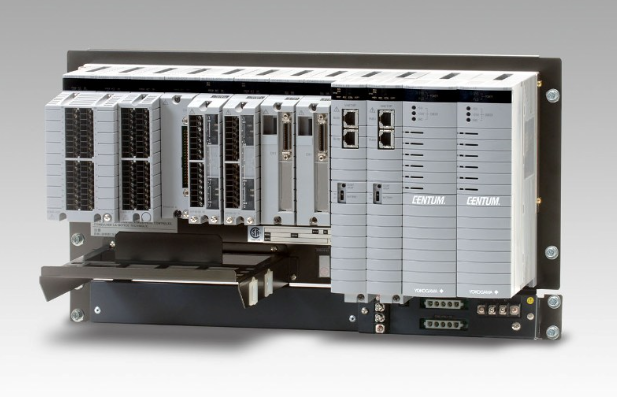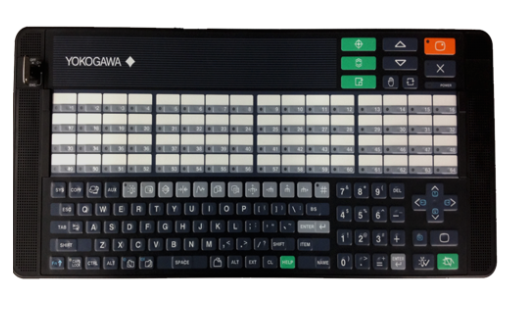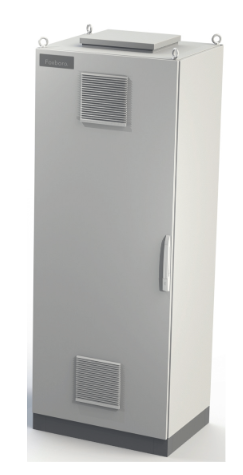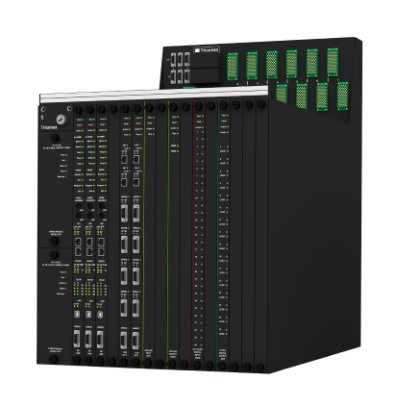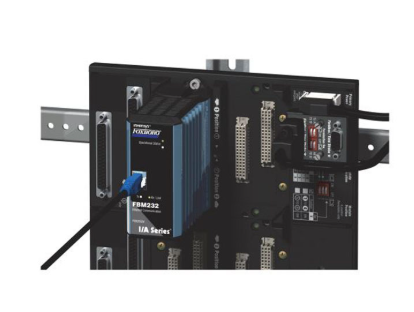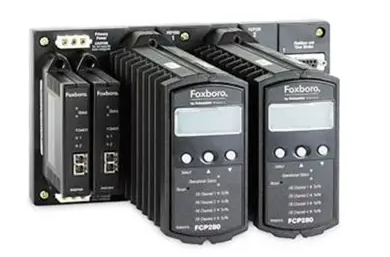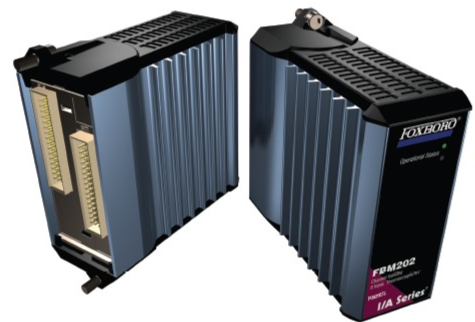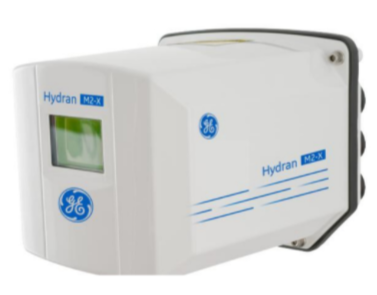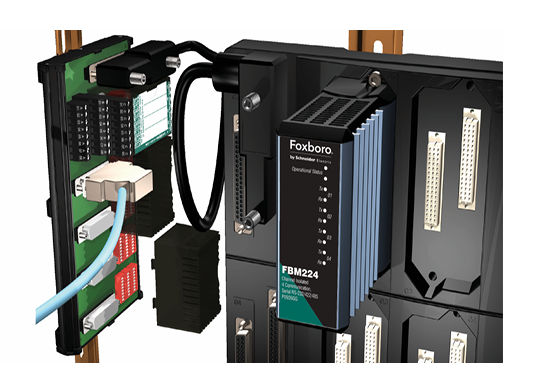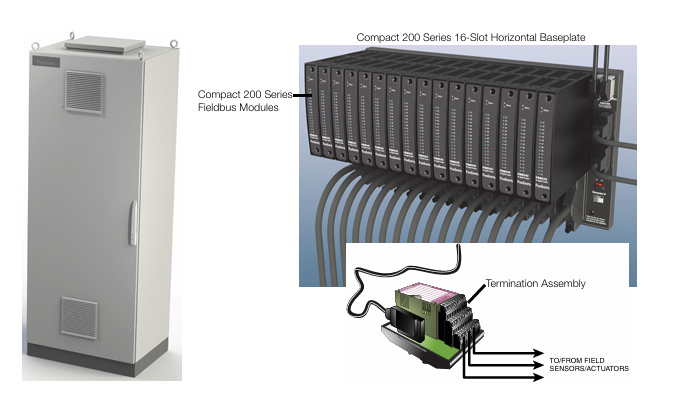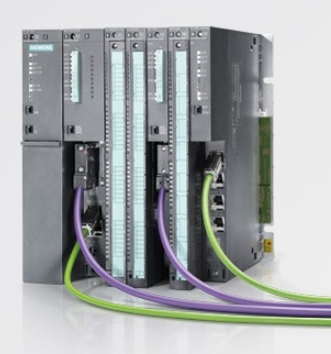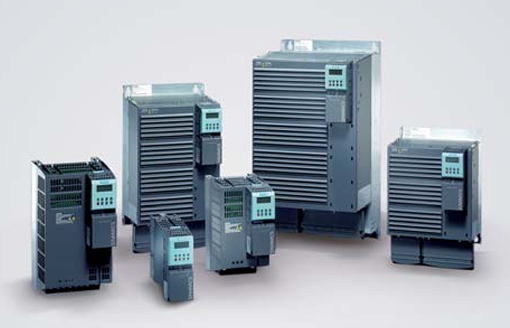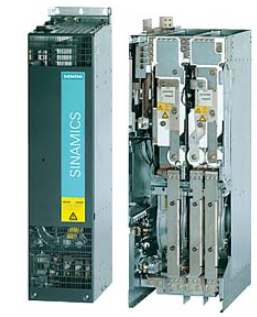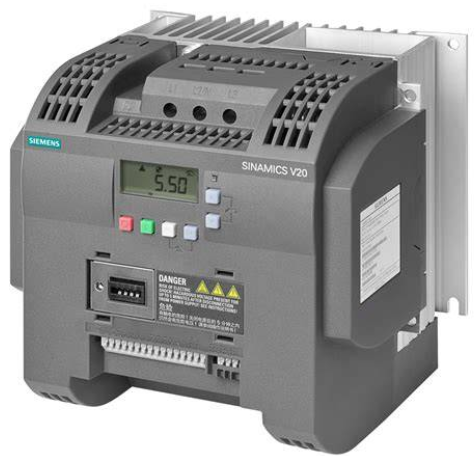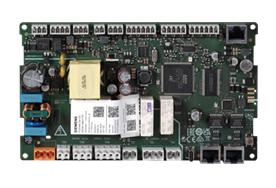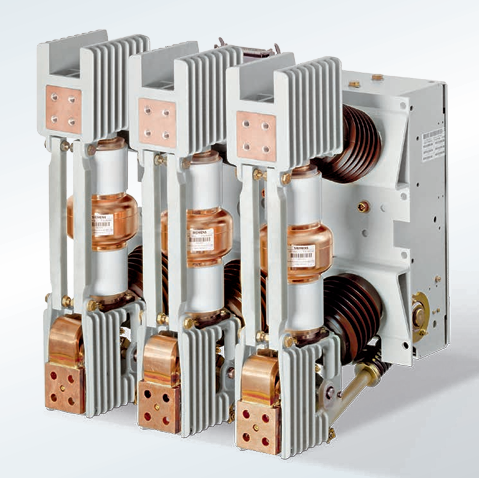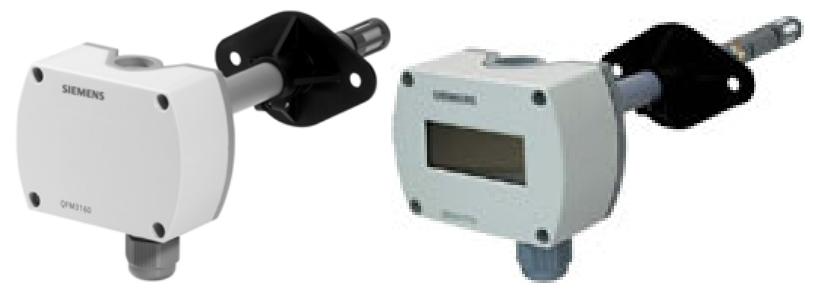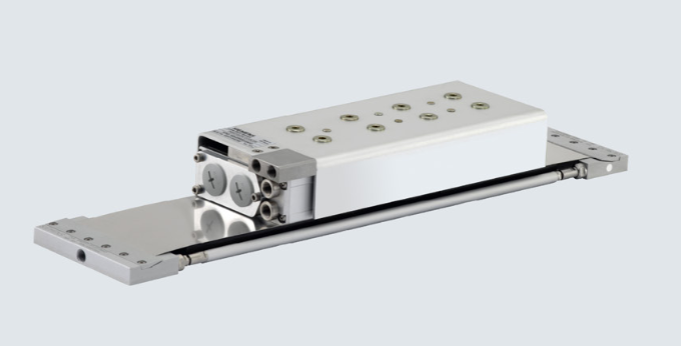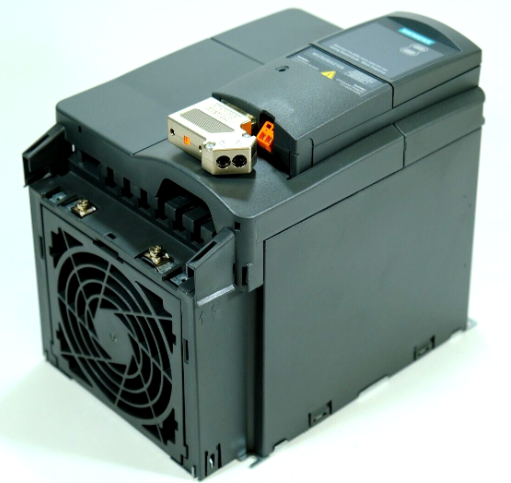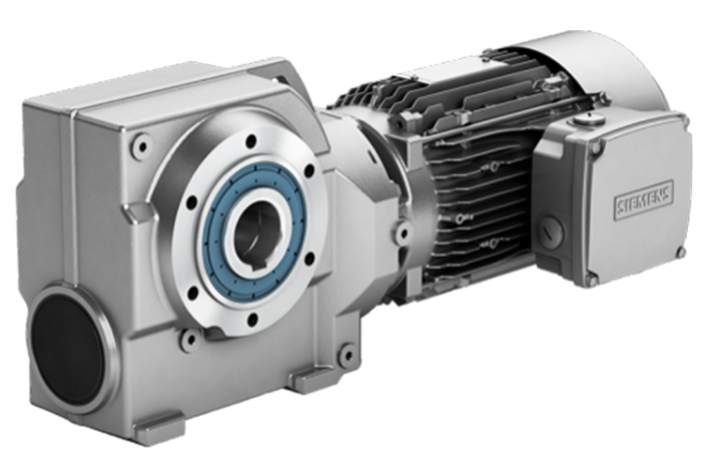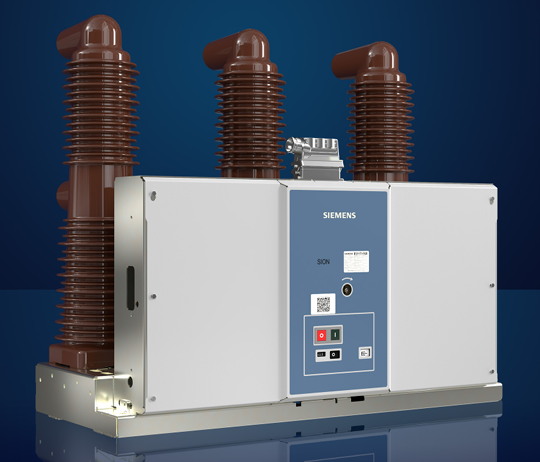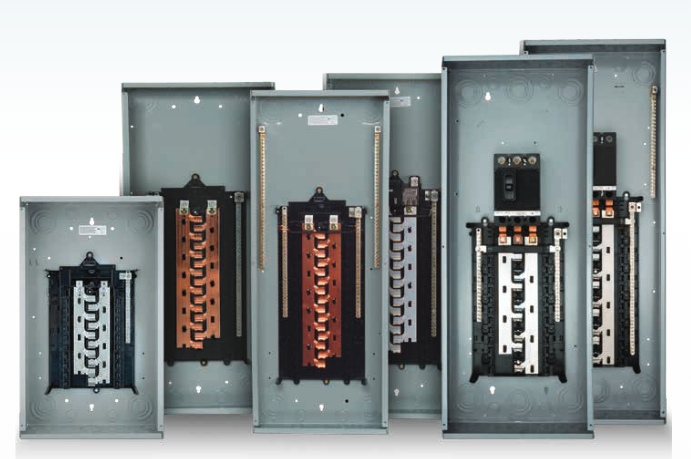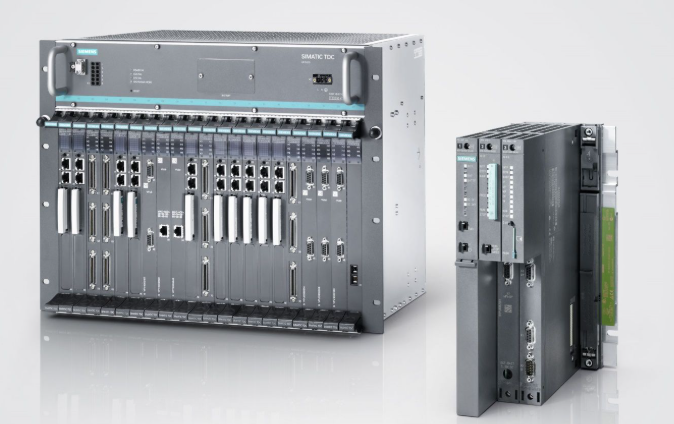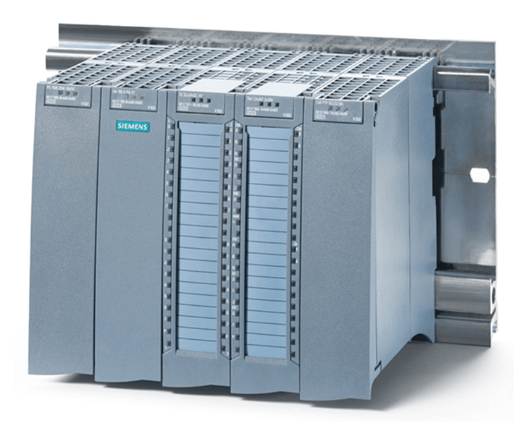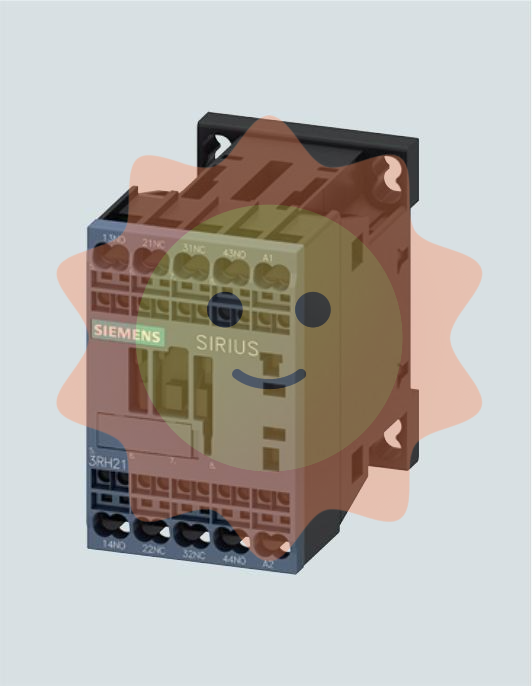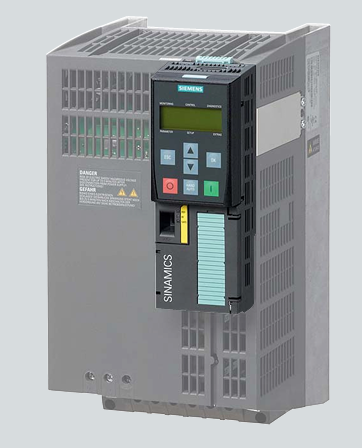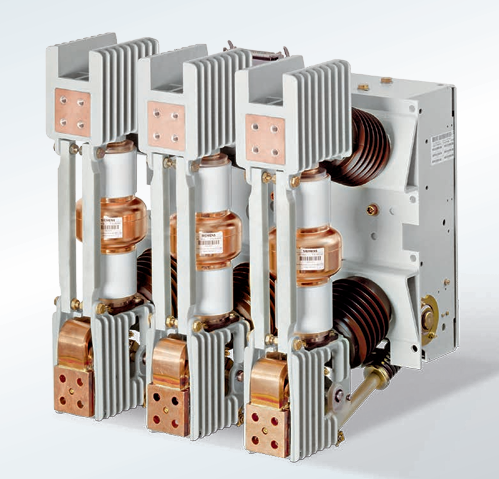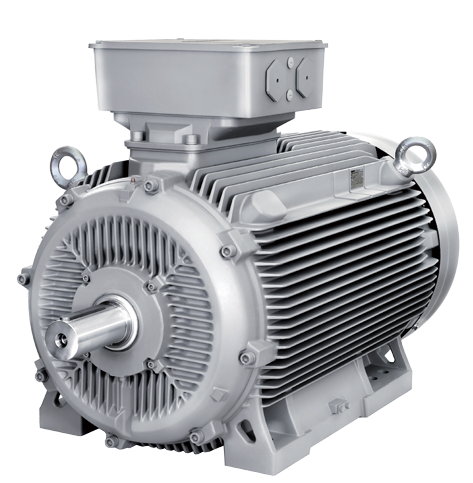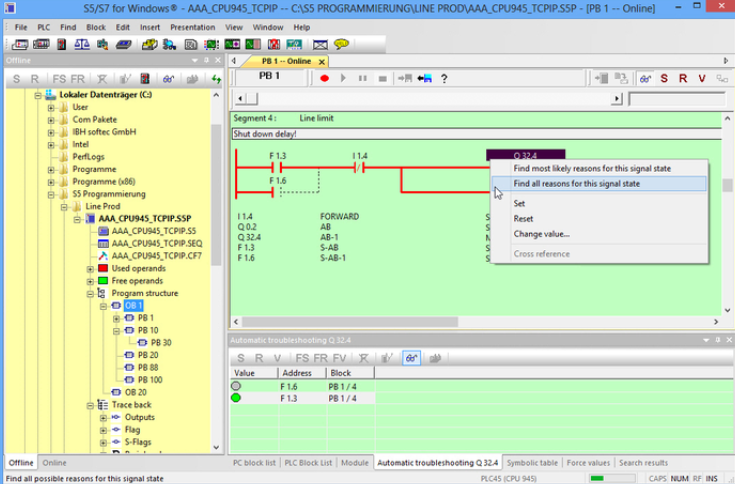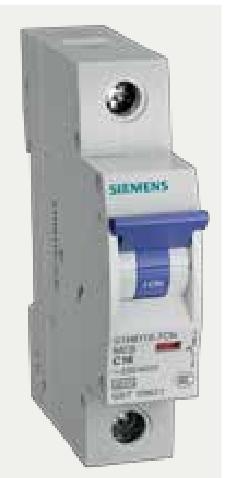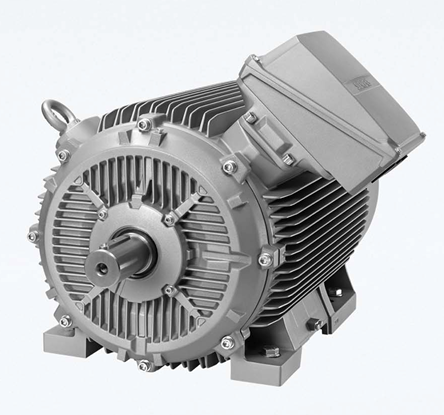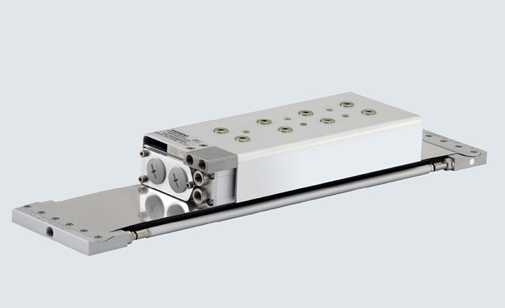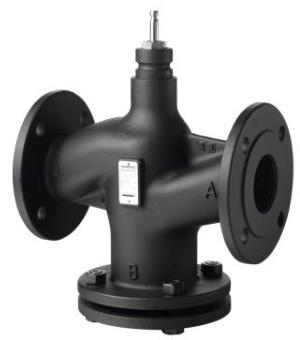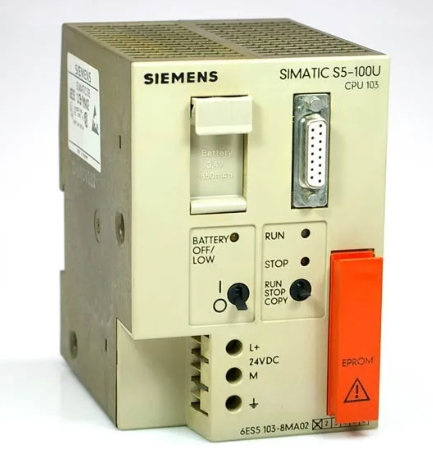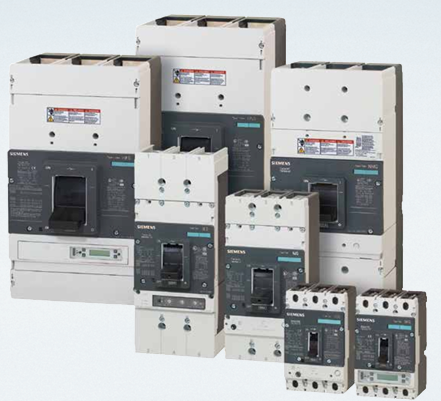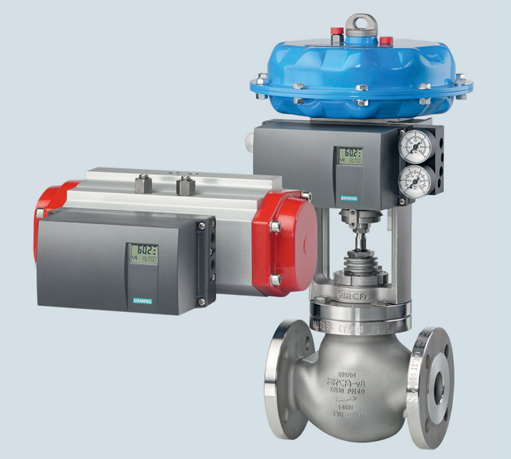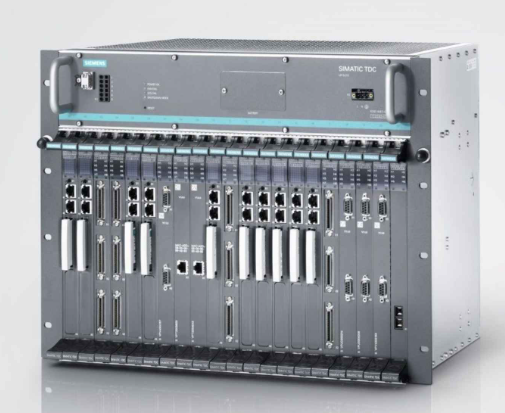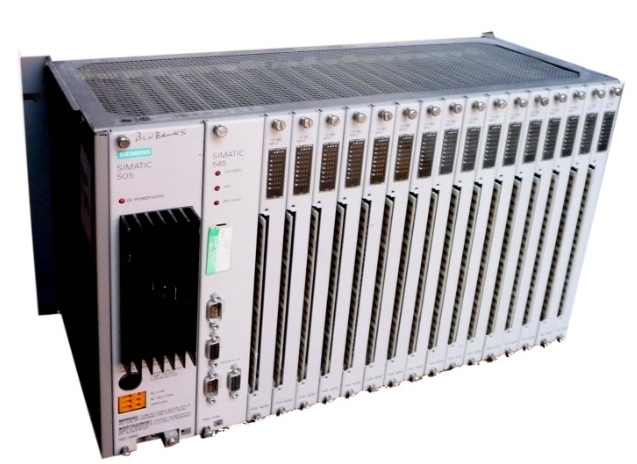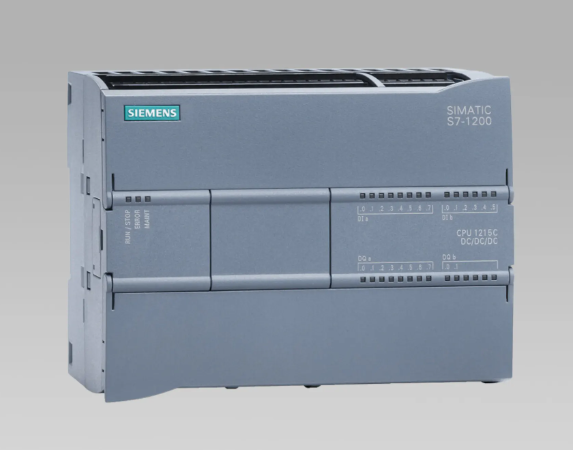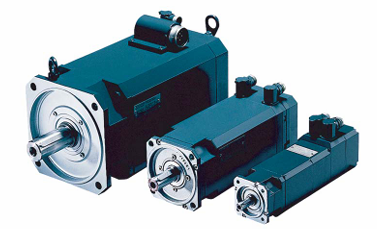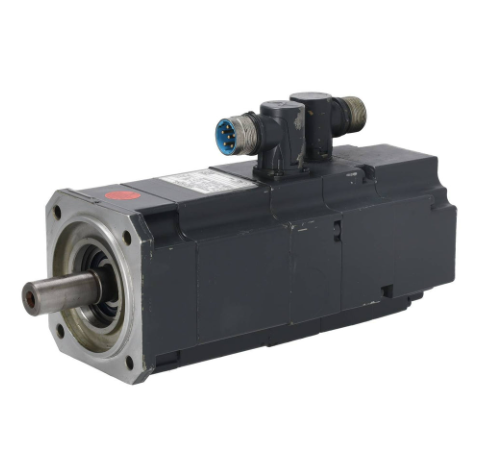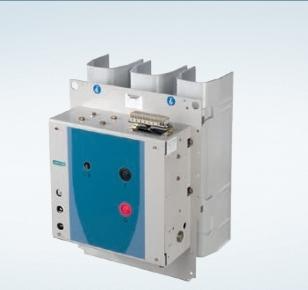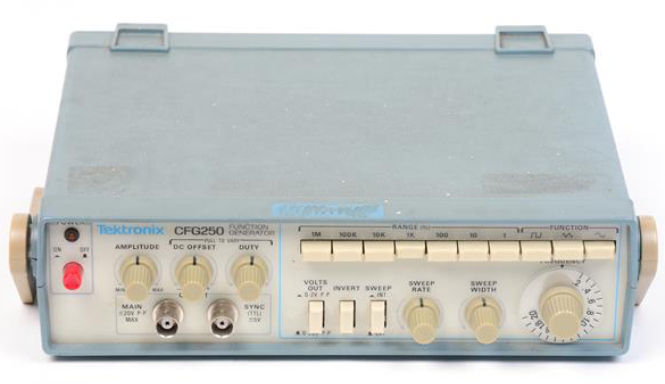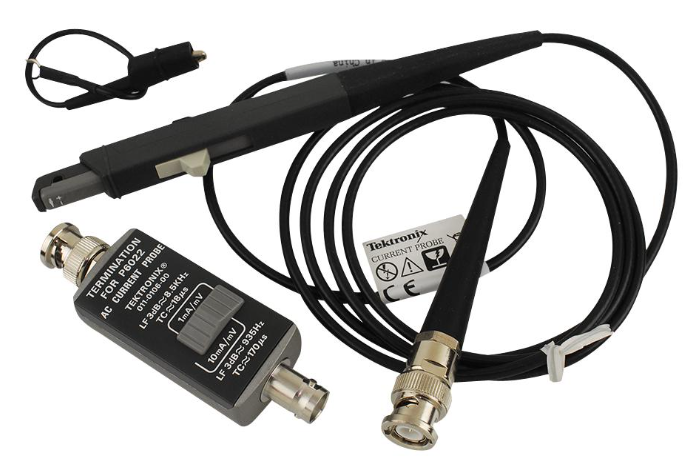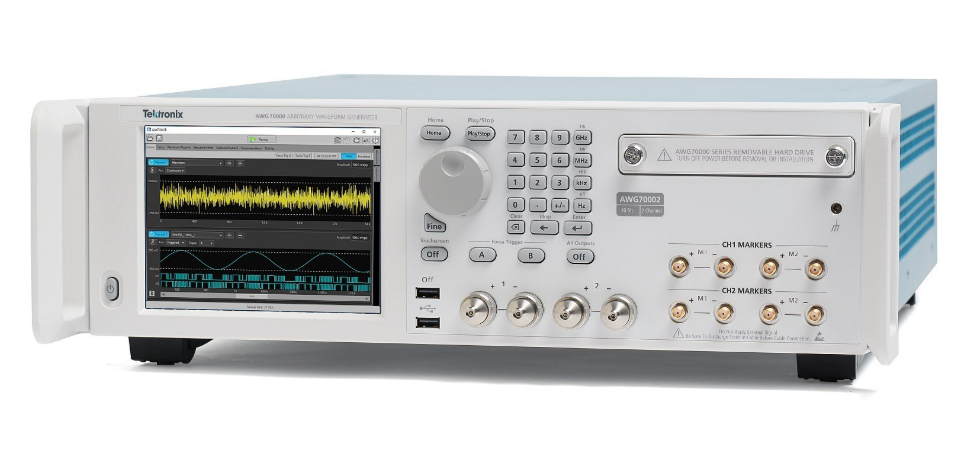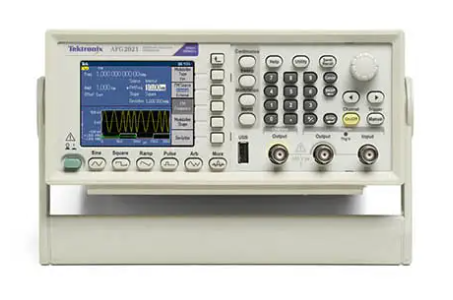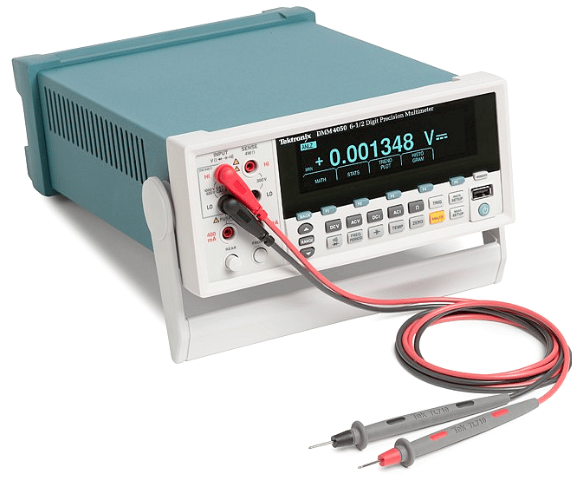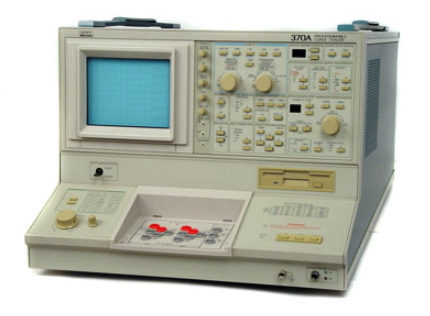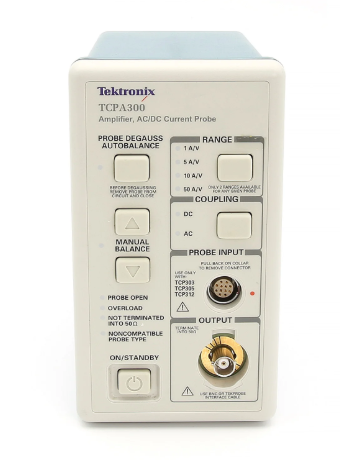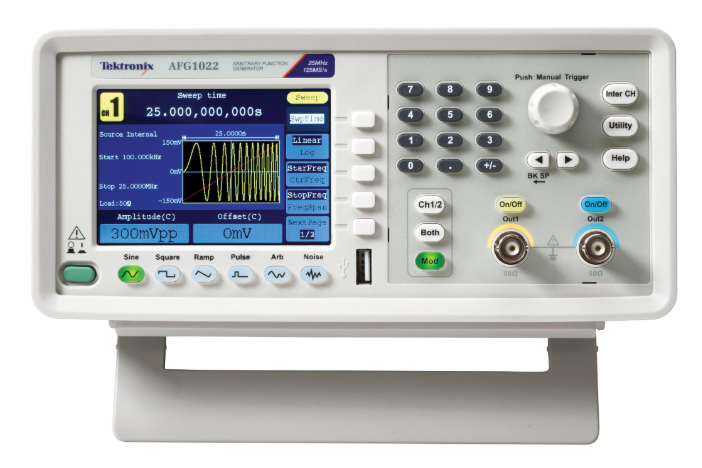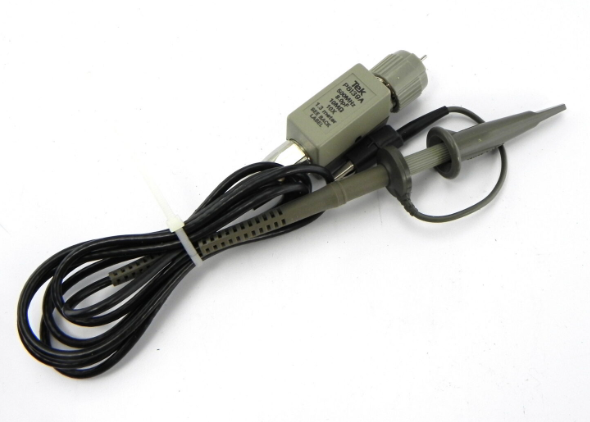GE IS200EDSLHA1A - EX2100 REG DUAL SEL
OVERVIEW
Product Definition and Usage: GE IS200EDSLHA1A - EX2100 REG DUAL SEL is a dual regulator-selector module designed by General Electric (GE) for EX2100 series control system. In industrial automation and control systems, it is mainly used for regulating and selecting specific signals, and is one of the key components to ensure precise control and stable operation of the system. It can process signals from different sensors or control sources, select and adjust them according to preset rules or system requirements, and then pass the processed signals to the subsequent control units or actuators.
Working Principle
Signal reception and regulation: The module has two input channels and is capable of receiving many types of signals, including analogue signals (e.g. voltage and current signals) and digital signals (e.g. switching signals). For analogue signals, the module may contain proportional-integral-derivative (PID) regulation circuits or other types of signal regulation circuits. PID regulation, for example, adjusts the output signal according to the deviation between the set value and the actual input value by means of proportional, integral, and differential operations so that the actual value tends to the set value. For digital signals, level conversion, filtering and other processing will be carried out to ensure the quality and compatibility of the signal.
Signal Selection Mechanism: The module is equipped with a signal selection function, which can select one way for output from two input signals according to preset conditions (such as signal priority, signal quality, etc.). For example, it can be set to prioritise one signal when it is within the normal range and of good quality; if the signal is abnormal (e.g. out of range, disturbed, etc.), it will be automatically switched to the other signal. This dual selection mechanism increases the reliability and fault tolerance of the system.
Output control: After adjustment and selection, the signal is output through the output port. The output signals can be used to control a variety of external devices, such as motor drives, valve controllers, and so on. If the output is an analogue signal, the module will ensure that the amplitude, frequency and other parameters of the output signal are in accordance with the requirements of the control device; if it is a digital signal, it will provide sufficient drive capability to ensure that the signal can effectively trigger the corresponding action of the external device.
Performance features
Dual-channel redundancy and reliability: The dual-channel input and selection functions provide a redundant design, which improves the reliability of the system. In the event of a failure of one signal (e.g., line interruption, sensor damage, etc.), the module is able to automatically switch to the other signal to ensure continuous operation of the system. This redundancy feature is very important in industrial environments (e.g. power plants, chemical production, etc.) where system reliability is critical.
Precise signal regulation: Whether it is analogue PID regulation or other signal regulation methods, precise signal control can be achieved. With analogue signal regulation, a high level of accuracy can be achieved, for example, the deviation of the output signal from the set value can be controlled within ±0.1% - ±1%, depending on the setting of the regulation parameters and the signal characteristics. Such precise regulation helps to meet the high demands on control accuracy of industrial processes, such as chemical reaction temperature control and precise regulation of motor speed.
Flexible signal selection strategy: The signal selection strategy is flexible and the selection conditions can be defined through software programming or hardware settings. For example, it can be based on the size of the signal, rate of change, time and other factors to determine which signal to select, or set to manual switching mode, the operator according to the actual situation of the signal selection. This flexibility allows the module to adapt to different application scenarios and system requirements.
Compatibility and Integration: Designed with compatibility with GE's EX2100 series control system and other related equipment in mind. It can be seamlessly integrated into the system and work with the controllers, sensors, actuators, etc. in the system. At the same time, the module may support a variety of industry-standard communication protocols (such as Modbus, etc.), which facilitates data interaction with other devices and further enhances its integration capability in complex systems.
Technical Parameters
Input Parameters
Analogue Input Range: Common analogue signal ranges can be received, e.g. voltage signals may range from 0 - 10V, -10V - +10V, current signals may range from 4 - 20mA, etc., depending on the application requirements and module configuration. Each input channel is capable of processing these signals independently.
Digital Input Types: Supports a variety of digital signal level standards, such as TTL (Transistor Transistor Logic) level, CMOS (Complementary Metal Oxide Semiconductor) level, and is capable of handling different types of switching signals, such as sensor on/off signals, limit switch signals, etc.
Number of input channels and resolution (analogue inputs): there are two input channels for analogue signal inputs, the resolution of the analogue input channels may be 12 - 16 bit, a higher resolution helps to acquire and process analogue signals more accurately.
Output parameters
Analogue output range: The analogue output range corresponds to the input range, e.g. a voltage signal of 0 - 10V or a current signal of 4 - 20mA can be output to control the operating status of external devices. The high precision of the output signals can satisfy the application scenarios that require high control precision.
Digital Output Characteristics: The digital outputs can provide sufficient driving capability, and the output current can reach tens of milliamps (mA) to ensure that external digital devices (e.g., relays, indicator lights, etc.) can be driven reliably. The signal levels of the outputs comply with industry standards, such as 3.3V - 5V (TTL levels) for high levels and near 0V for low levels.
Number of output channels and update frequency (analogue output): with one output channel, the analogue output has a high update frequency of up to thousands of times per second, depending on the system setup and requirements. The high update frequency helps to achieve precise dynamic control of external devices.
Signal Conditioning Parameters
PID parameter range (if applicable): For analogue signals regulated with PID, the scale factor (Kp) may range from 0 - 100, the integration time (Ti) from 0.1 - 100 seconds, and the differentiation time (Td) from 0 - 10 seconds. These parameters can be adjusted according to specific control requirements to achieve optimum signal conditioning.
Communication Parameters
Supported communication protocols: When communicating with the control system, GE-specific communication protocols are supported, and may also be compatible with some industry-standard communication protocols (e.g., Modbus, etc.) to facilitate data interaction with other devices or systems.
Communication rate: In the internal system communication, the communication rate may reach about 10Mbps - 100Mbps, depending on the configuration of the system and application scenarios, to ensure the fast transmission of data between the module and the system.
Physical Parameters
Dimensions: The external dimensions are generally designed according to the standard card slots of the system, the length may be between 10 - 20cm, the width between 5 - 10cm, and the thickness between 1 - 3cm, which is easy to be inserted into the standard I/O slots of the system for installation.
Weight: Lightweight, typically between 50 - 200g, and not overly burdensome to the installation and structure of the system.
Environmental Parameters
Operating Temperature Range: Able to work in a wide range of temperatures, generally - 20 ℃ - + 60 ℃, can be adapted to different industrial field temperature conditions.
Humidity range: Relative humidity range is typically 10% - 90% (non-condensing), ensuring normal operation in different humidity environments.
Application Areas
Power industry: In the control system of generator sets, it is used to regulate and select important parameter signals of generators, such as voltage regulation signals and frequency regulation signals. For example, it receives signals from two different voltage sensors, regulates and selects them through the module, and then sends the processed signals to the excitation control system to ensure the stability of generator output voltage.
Industrial automation production line: In the automation production line, it is used to control the parameter adjustment and signal selection of key equipment. For example, in the temperature control of injection moulding machine, it receives signals from two temperature sensors, and after adjustment and selection of the module, outputs signals to control the heating or cooling device to ensure that the injection moulding process is carried out at a suitable temperature. At the same time, when the equipment signal source is switched or malfunctioned, it can automatically select the reliable signal to guarantee the continuous operation of the production line.
Process control system: In the chemical, pharmaceutical and other process control industries, it is used to deal with the key parameter signals in the reaction kettle. For example, in the chemical reaction process, the signals of the reaction temperature, pressure and other parameters are dual-channel adjusted and selected to ensure the accuracy and reliability of the control signals, so as to ensure the stability of the chemical reaction and the consistency of product quality.
Installation and Maintenance
Installation requirements
Card slot installation: The module should be correctly inserted into the standard I/O slot of EX2100 series control system according to the installation manual of the system. During the insertion process, make sure that the contact between the module and the card slot is good to avoid loose or poor contact that may cause signal transmission problems. After insertion, the module may need to be secured by screws or clips to prevent it from accidentally popping out.
Wiring Connection: For the wiring of the input and output ports, use suitable cables and connectors, and connect them according to the identification of the ports and the wiring diagram of the system. Connections should be secure and care should be taken to avoid wiring errors, especially the wiring of analogue and digital signals should be strictly differentiated. Also, ensure that the cable shielding (if any) is well grounded to minimise electromagnetic interference.

- User name Member Level Quantity Specification Purchase Date
- Satisfaction :
-









Email:wang@kongjiangauto.com

